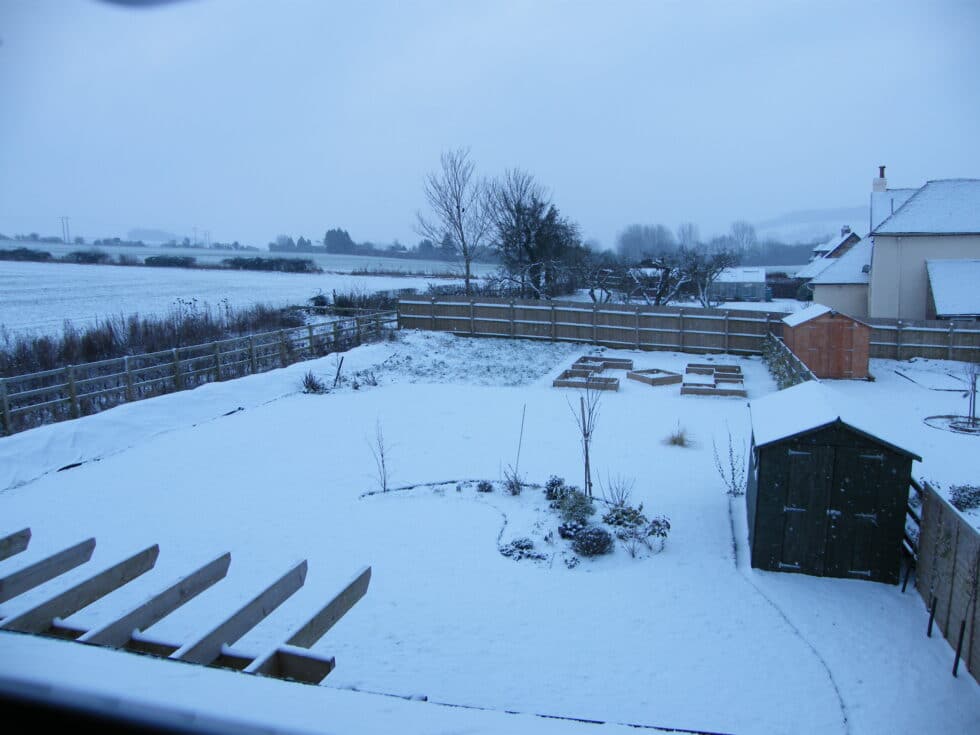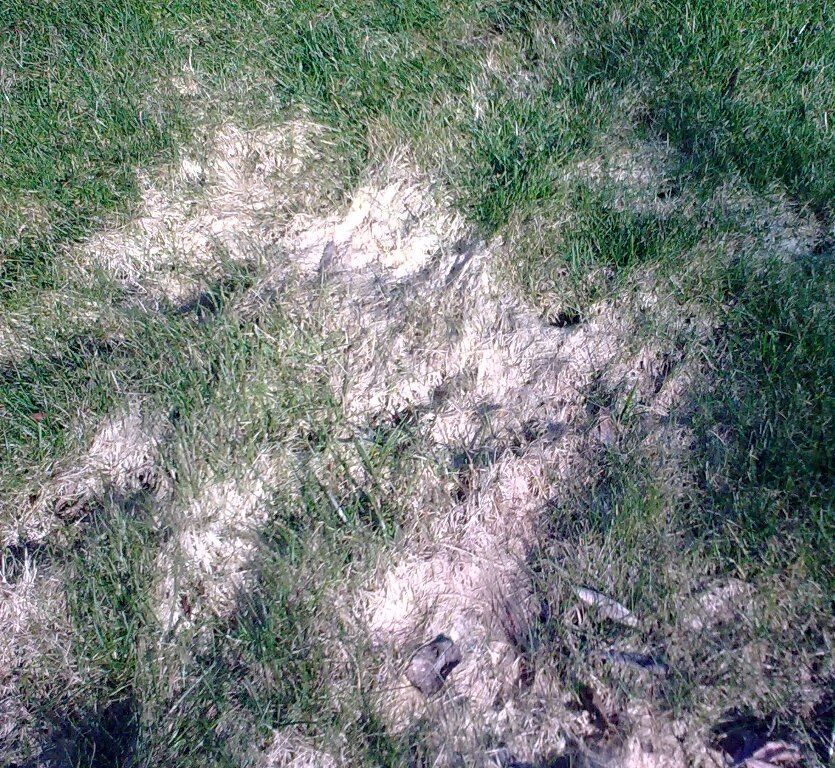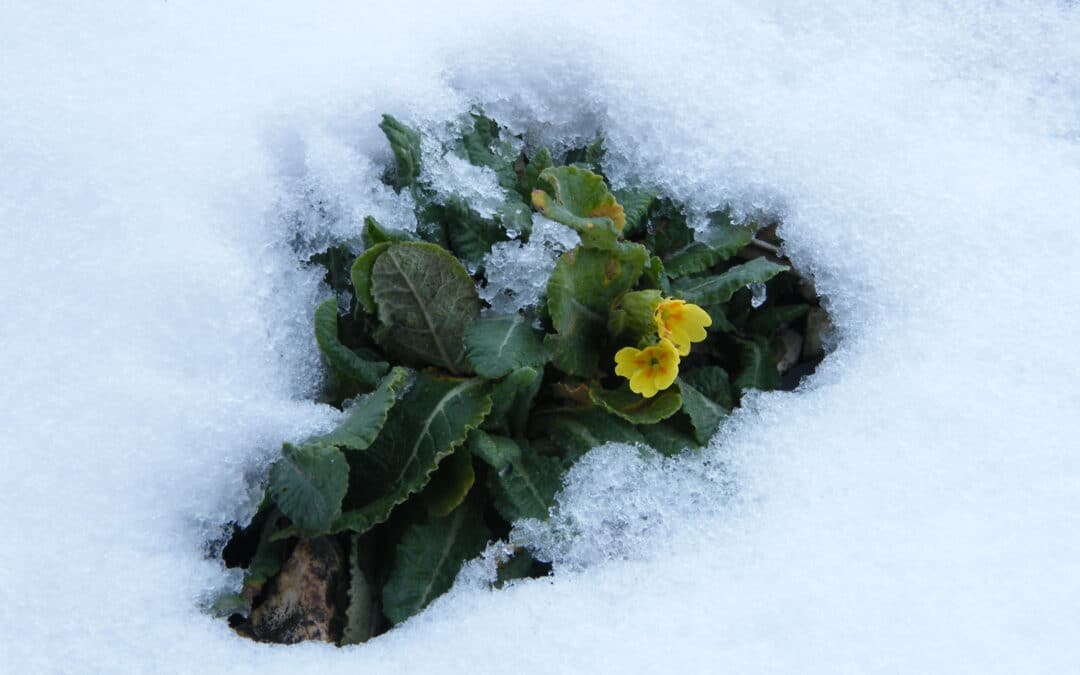There’s no denying that a snow-covered lawn and garden look spectacular, but can we take that beauty at face value or is there anything underlying that we should be concerned about?
Here in the southern UK, recent years have very seldom seen any meaningful, prolonged spells of snowfall. Yes, the country stills grinds to a complete standstill when the first flakes appear and travel is disrupted in almost comedic way, but here along the Costa del Lawncare the climate is mostly too mild to encourage snow to stay around for any length of time.
This is a relief, because the only thing we really need to keep an eye out for in the south will occur when snow is allowed to gather in larger quantities. Places like snow drifts, or the piles of snow which we scoop off our drives and pathways and dump on our lawns. Hopefully this salutary tale will alert you to find somewhere other than your lawn when it comes to clearing the drive and path next time!

Deep and Crisp and Even
What can happen when snow piles up on my lawn?
The only potentially damaging aspect of snow for your lawn is Snow Mould, a fungal disease. Very similar indeed to another fungal lawn disease called Fusarium Patch, Snow Mould is a mycelium fungus which can thrive when that large pile of snow is thawing out. Its modus operandi is to take this opportunity to invade the crown and leaf of the lawn’s grass plants, causing them to die back. Snow Mould gives its presence away by turning white and forming a matted carpet of mould. Very often this will be resolved as temperatures come back up in springtime, but sometimes the Snow Mould will have taken its toll and killed off the grass underneath. If the attack has been extremely ferocious and killed the grass roots, the only solution is to repair the area using new turf.

Snow Mould, left behind after the snow thawed away
In colder countries such as Canada where prolonged annual covering of snow is guaranteed it is not uncommon for green keepers and turf specialists to apply fungicide to the turf before the first snowfall which will help to protect the grass during the winter months from Snow Mould, but in the UK with prolonged snowfall being unlikely the best way to avoid this is to ensure that those larger piles of snow which are shovelled from paths or patios are placed somewhere other than the lawn, and to be vigilant throughout snowy spells.
If your lawn is damaged from Snow Mould our lawn renovation programme will be able get your lawn quickly back on track. Please contact us for a site visit.



